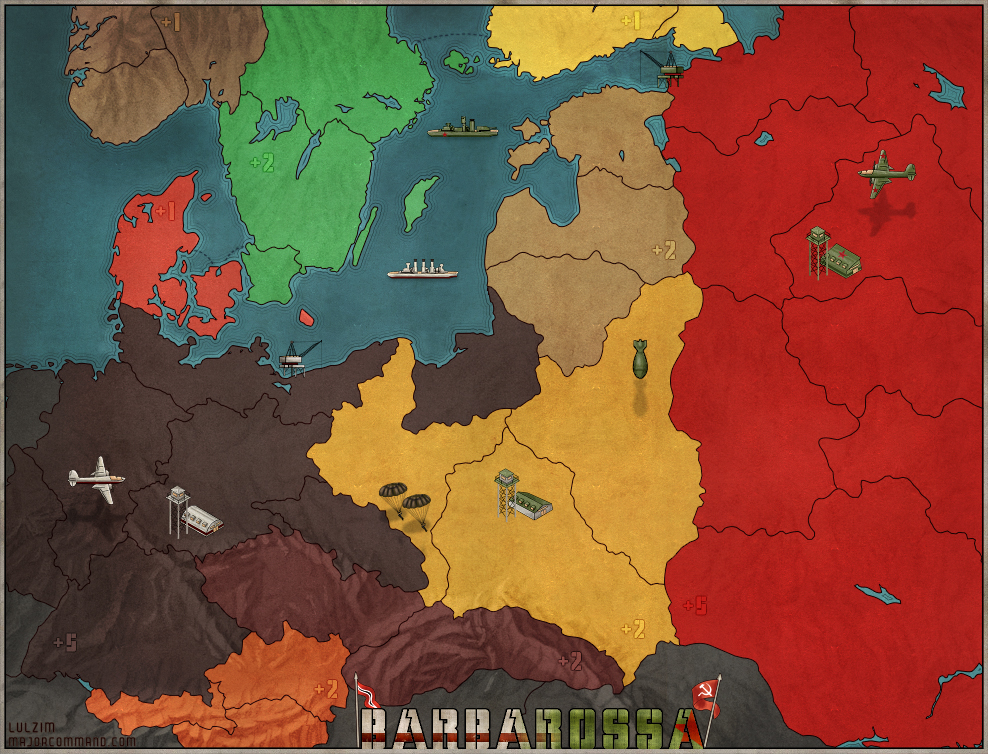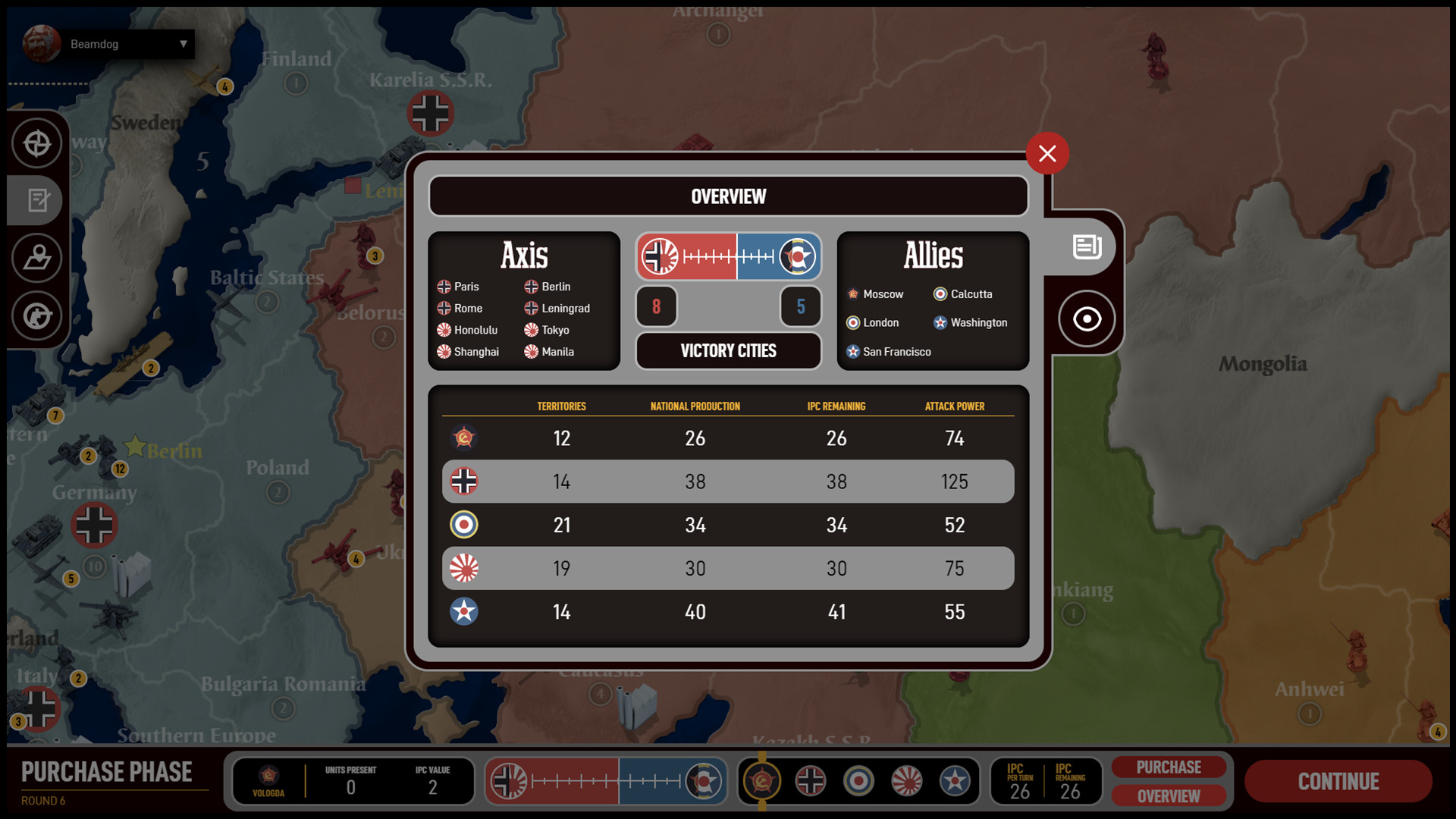
Stalin demanded that part of Poland be transferred to the Soviet Union and that a Soviet-friendly communist government in the city of Lublin control the remainder of the country. Several major questions had to be settled, chief among them the fate of Poland, which was then occupied by Soviet troops that were advancing on Berlin. By the time the Big Three gathered for the last time at Yalta in February 1945, the Allies were closing in on Germany from both the east and west. Planning for the postwar era further strained relations between the Allied leaders.

This front, he said, would reduce pressure on the Soviet Union by forcing Hitler to transfer forces from Russia to meet the Anglo-American invasion. Stalin also complained incessantly about the Allied failure to mount a second front in western Europe before June 1944. He knew his capitalist allies would likely oppose any attempt to expand Soviet influence in eastern Europe when the war ended. Stalin was deeply suspicious, to the point of paranoia, of both Roosevelt and Churchill. Politics and history also made the relationship difficult. Although their representatives met frequently during the war, Roosevelt, Stalin, and Churchill only met twice in person. Thousands of miles separated their capitals, which meant important decisions often had to be made by telephone or telegraph. The Big Three faced considerable challenges in coordinating their efforts. On New Year’s Day 1942, representatives of all three nations signed the United Nations Declaration, pledging to join hands to defeat the Axis powers. Soviet Premier Joseph Stalin was a late addition to the Big Three. The following year they met off the coast of Newfoundland to begin planning, in sweeping terms, the postwar world. In 1940, the two leaders worked to find ways for America to help Britain hold on without violating its neutrality. Roosevelt believed a British victory over the Axis was in America’s best interests, while Churchill believed such a victory was not possible without American assistance. But the alliance partners did not share common political aims, and did not always agree on how the war should be fought.Ĭhurchill and US President Franklin Delano Roosevelt had been working together for some time when the United States entered the war in 1941. (Library of Congress, LC-USZ62-32833.)īritish Prime Minister Winston Churchill once said, “The only thing worse than having allies is not having them.” In World War II, the three great Allied powers-Great Britain, the United States, and the Soviet Union-formed a Grand Alliance that was the key to victory.


Top Image: Soviet premier Joseph Stalin, US president Franklin Delano Roosevelt, and british Prime Minister Winston Churchill (left to right) at the Teheran Conference, 1943.


 0 kommentar(er)
0 kommentar(er)
